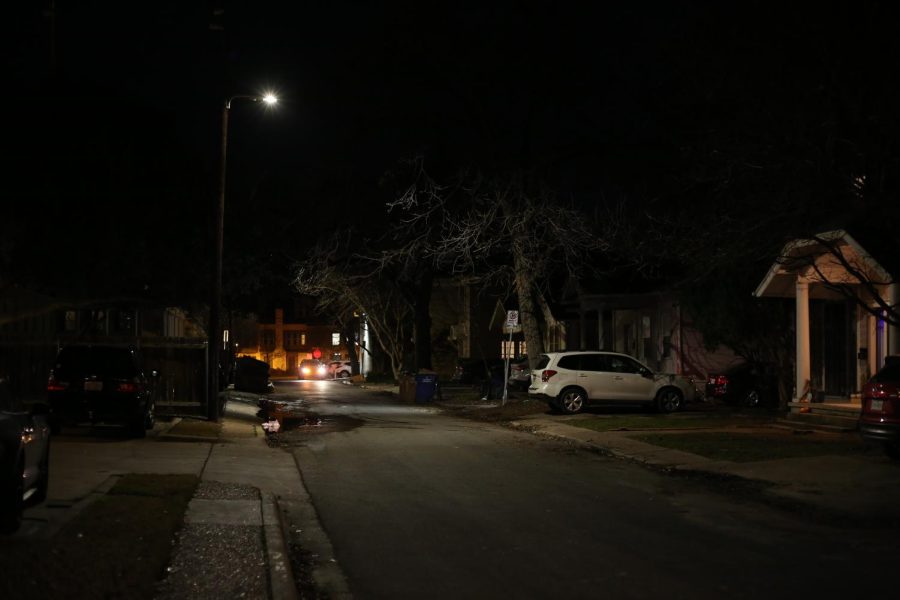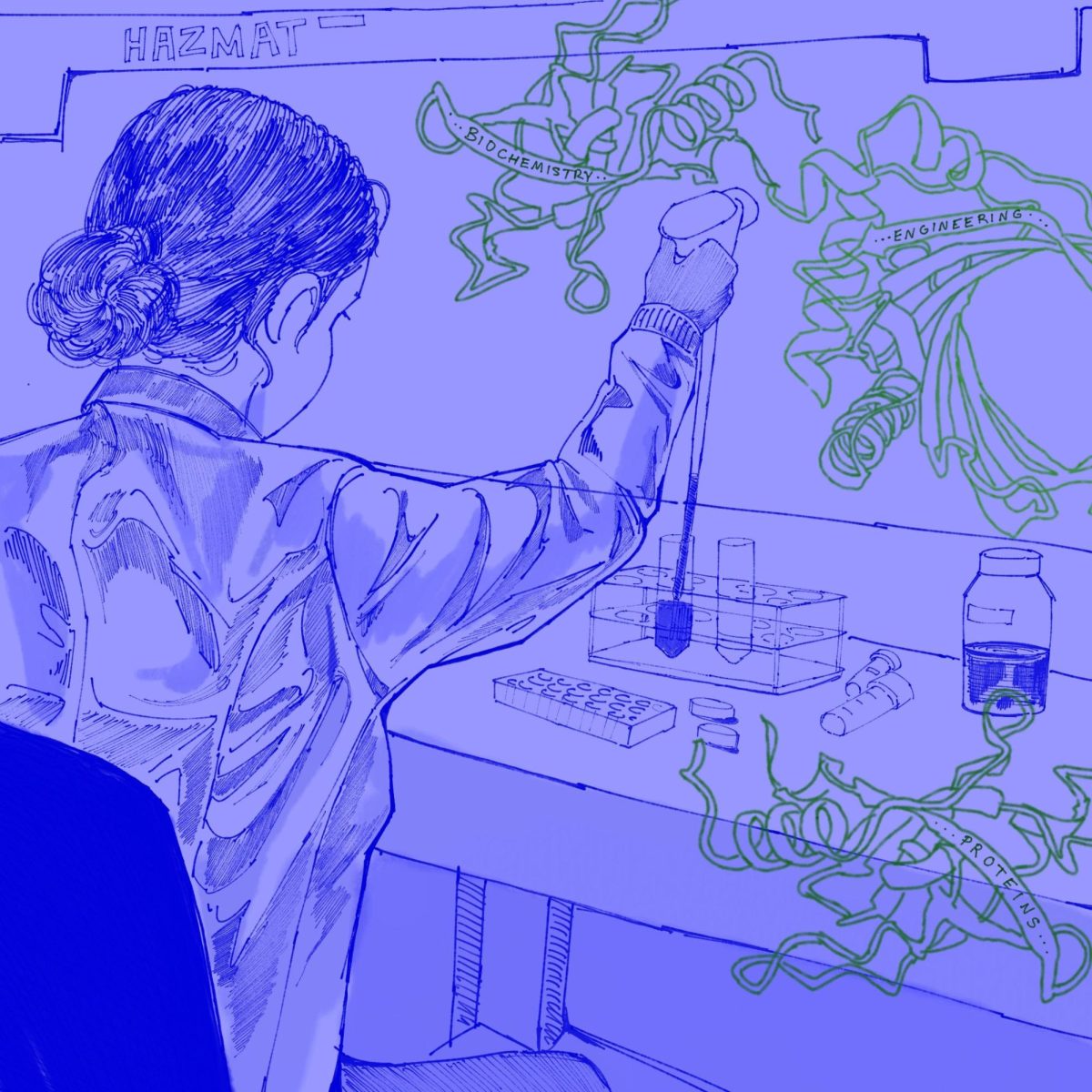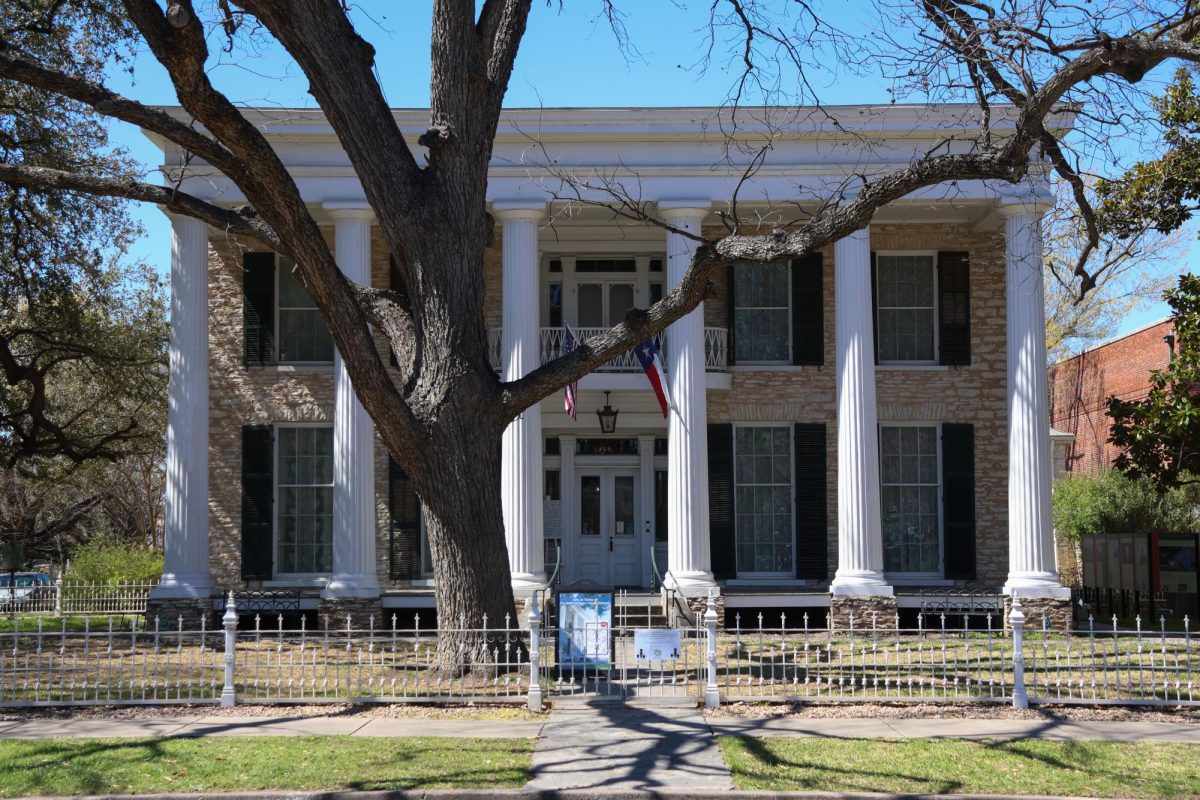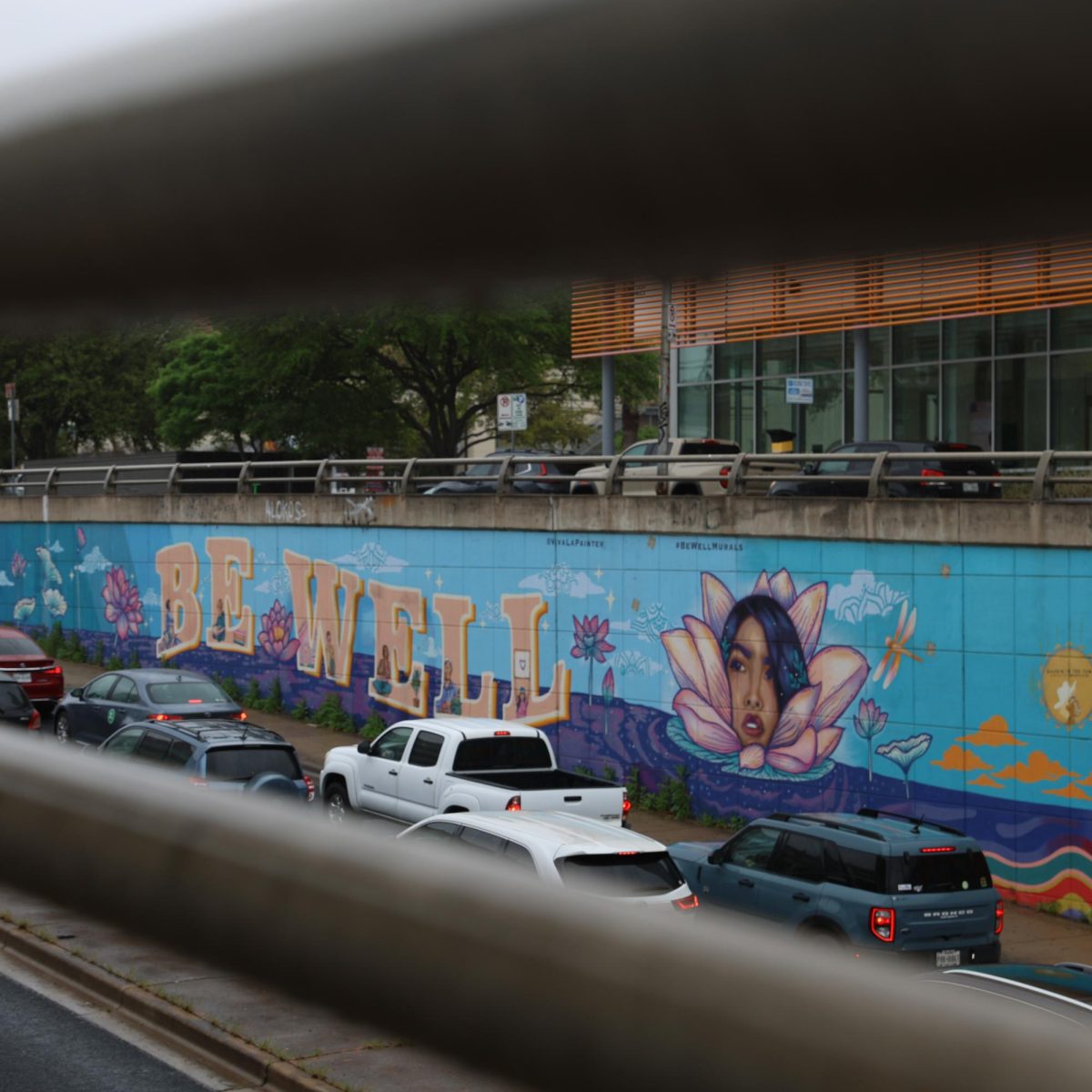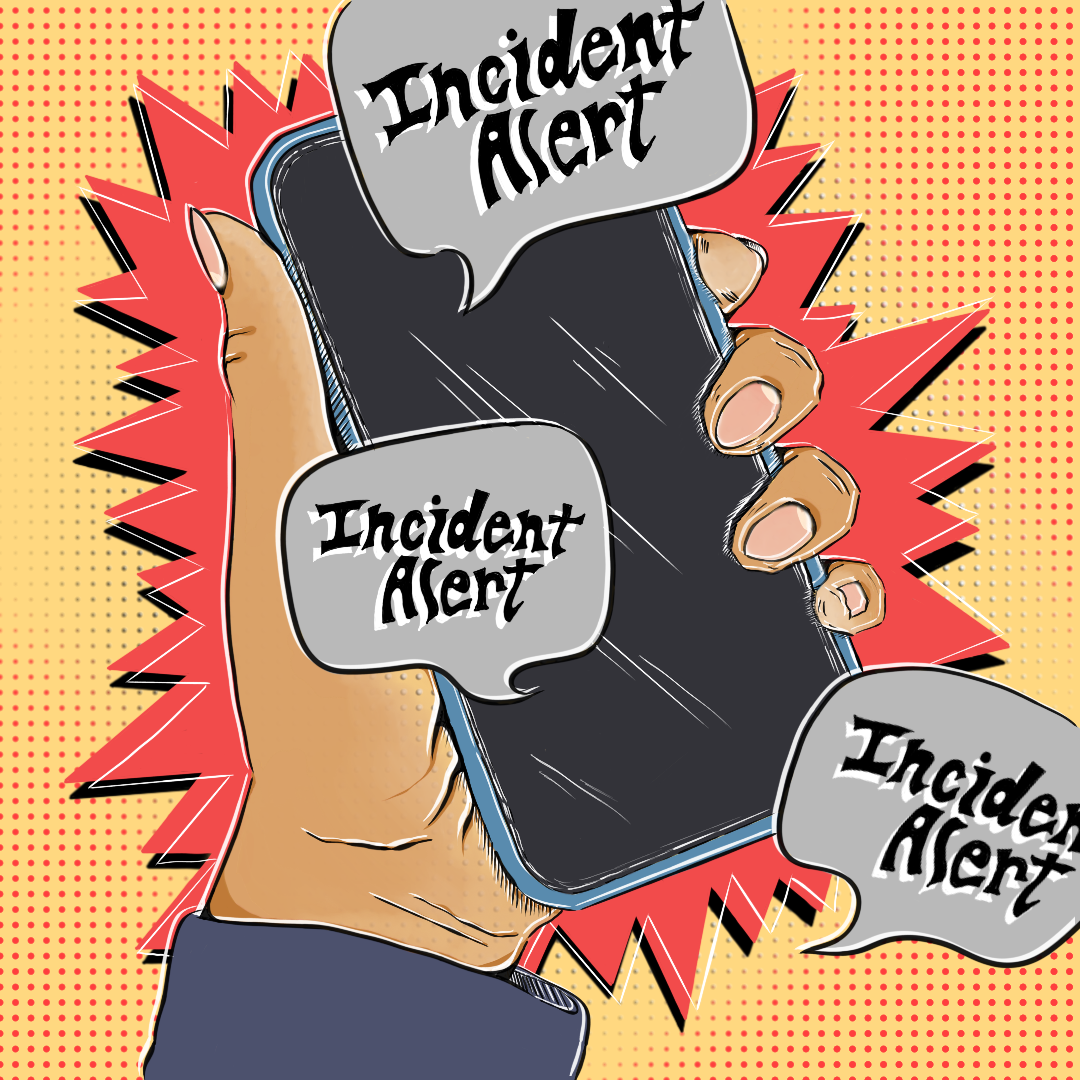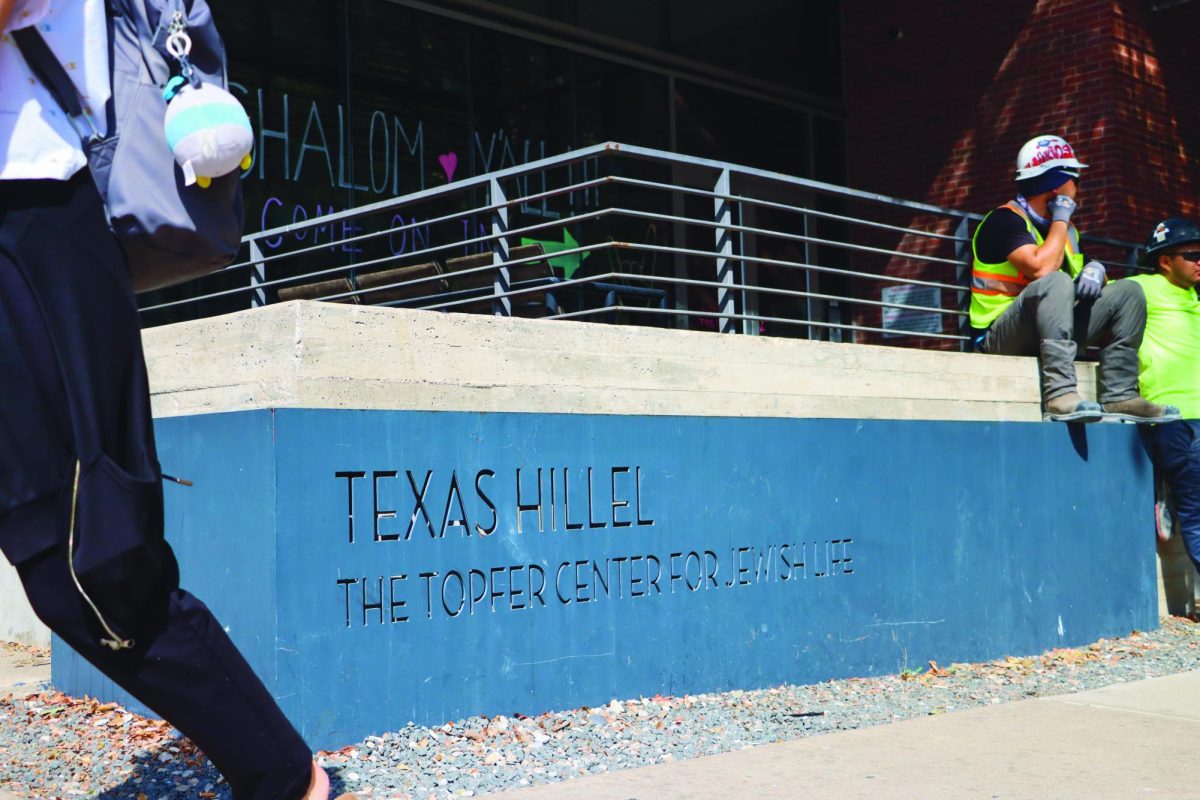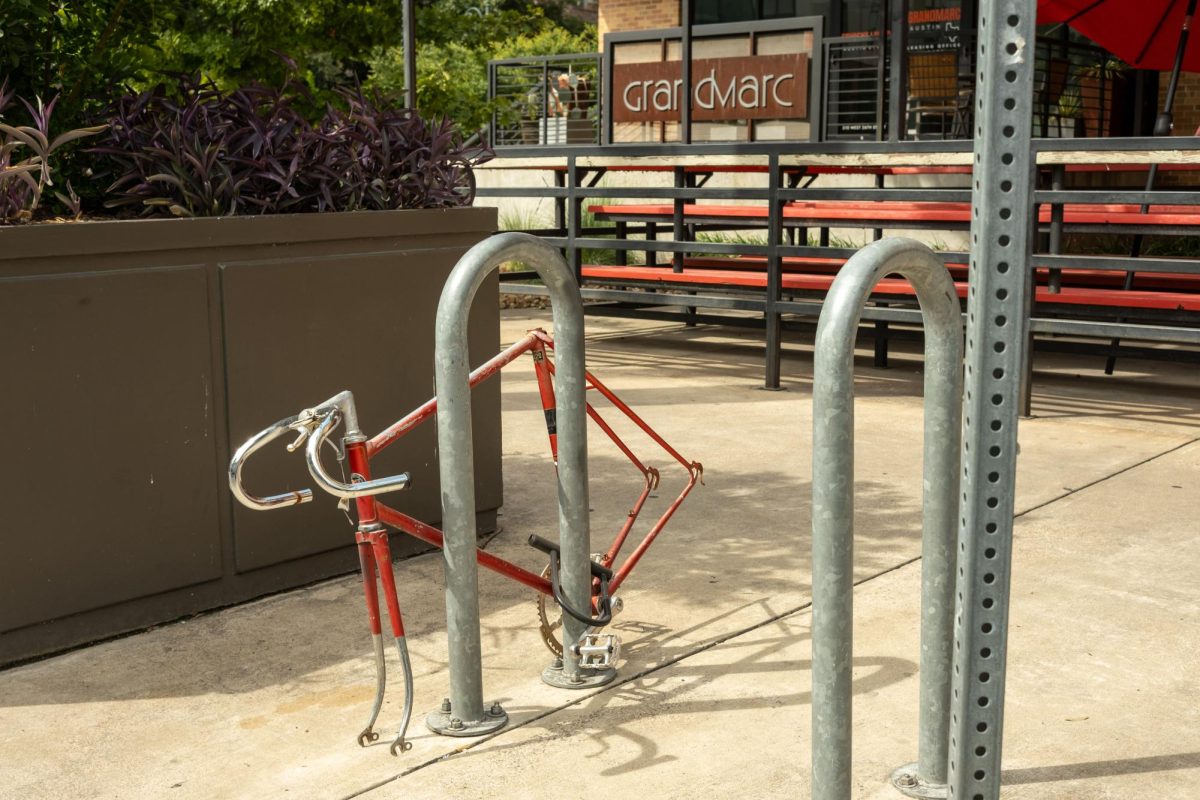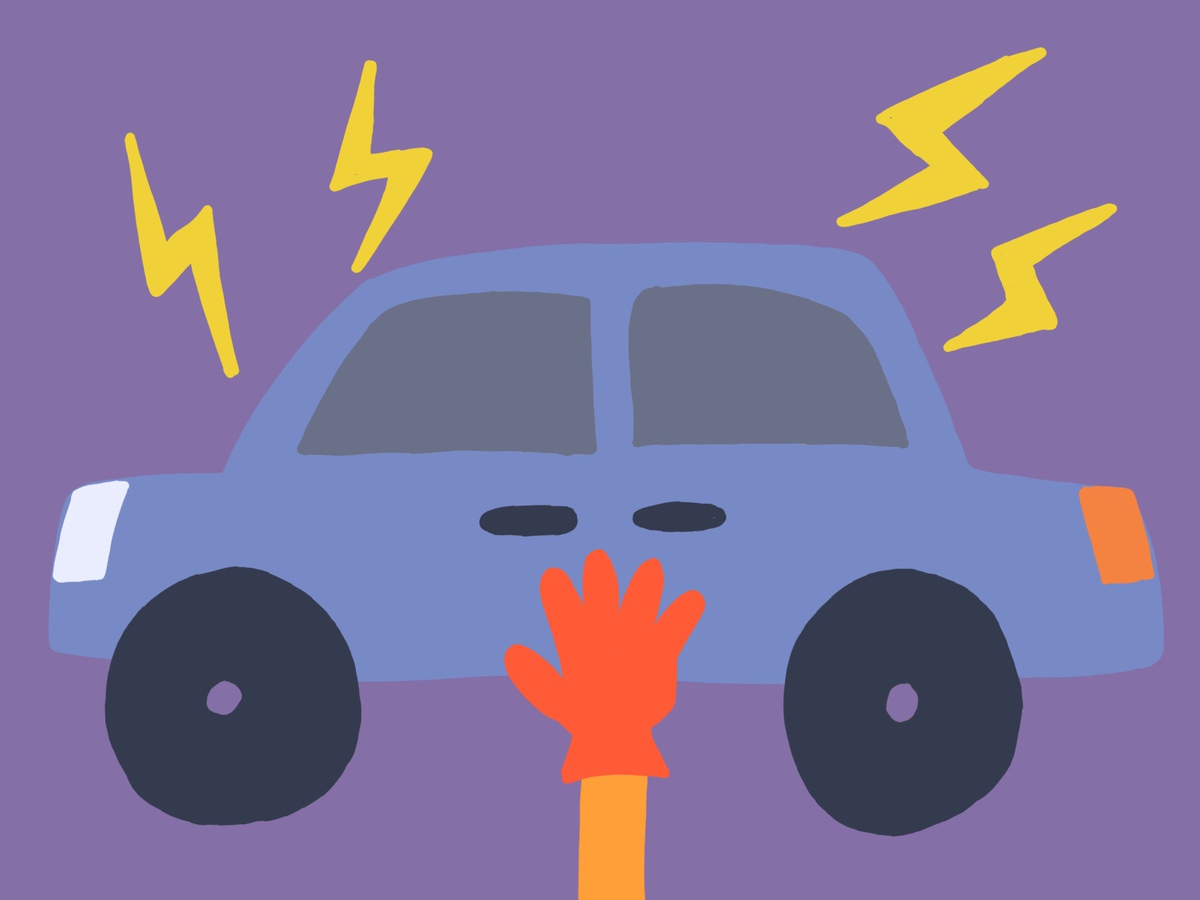Hajin Park is exhausted.
She is exhausted from classes, homework and thinking about post-graduation life, and on top of it all, she is worried about her well-being as a woman in West Campus.
“It is definitely not a good feeling when you’re going everywhere and feeling like someone might be chasing you down or (you) just feel unsafe walking back home,” the psychology senior said. “There’s no freedom of being just a student, to walk freely. … But I think it’s better to be aware than not aware.”
Park is not alone in her concern — amid recent incidents, several students have voiced unease regarding safety issues and increasing crime on and around the University by word of mouth and social media posts.
Since 2017, the frequency of criminal offenses has gradually increased, according to Annual Security and Fire Safety reports. Rates of violent crimes, including rape, sexual assault and aggravated assault, and non-violent crimes, including burglary and motor vehicle theft, have grown.
According to the Austin Police Department’s Open Policing Data Release website, over nine Group A offenses have been reported in UT’s sector alone from the beginning of January to the end of February. Group A offenses range from assault offenses to motor vehicle threats, among others. There have been over 1,100 reported incidents in UT’s sector during the same time frame. Data for March and early April has yet to be released.
A significant number of reported incidents have been crimes against property, including considerable motor vehicle thefts, burglary, robbery and destruction of property. Concern for violent crime in and around West Campus has increased, notably after the hate crime stabbing of a Palestinian-American man in early February, amongst other incidents.
Following the stabbing, a radio-television-film junior, who asked to remain anonymous due to personal concerns, said the incident added to an environment of preexisting safety issues.
“Things are generally gonna stay the way they are,” she said. “I do plan for the worst-case scenario since … (anything could happen).”
The spike of concern and call for increased safety measures amongst students, parents, faculty and other West Campus residents following such violence is not a recent issue, but a catalyst to the discussion was the 2016 murder of Haruka Weiser. Since then, the city and the University have allocated millions of dollars to increasing and developing safety measures on and around campus.
FROM THE BEGINNING
In 2016, Weiser was reported missing after failing to attend her classes on April 4. Two days later a body was found and the next day APD identified the body as the theater and dance freshman.
Joell McNew, president of SafeHorns, which formed as a direct result of Weiser’s death, said the University put together two town halls, one for parents and another for students, shortly after the incident.
“It was very frustrating,” McNew said.“(Parents) felt like they had no answers. We felt like it was a complete failure on (the University’s) part because students had shared concerns and nothing had happened.”
Following an investigation into Weiser’s death, APD indicted Meechaiel Criner. In the summer of 2018, a jury found Criner guilty of Weiser’s murder.
The 2016 incident spurred the University to request the Texas Department of Public Safety to audit the University, identify potential safety hazards and create a set of recommendations. At the time, these included more lighting and less vegetation to increase visibility on walkways, updating security cameras on campus and staffing more University Police officers.
Although the recommendations applied to University-owned buildings, then-University President Gregory Fenves said West Campus issues would be handled in collaboration with the city.
WEST CAMPUS PROTOCOLS
McNew said SafeHorns advocated for a West Campus lighting project, which upgraded and added new light fixtures as well as trimmed vegetation to make walkways more visible since it was introduced in 2017.
“That was the biggest thing we’ve ever done, (but) that project is still not complete,” McNew said. “The majority of it has been done but now we’re just waiting on new construction for it to be officially over, but it’s taken us years.”
In an email, Austin Energy said following the update of 1,110 light fixtures in 2023, they’ve continued to work on 36 individual lighting projects in the area to install 208 new lights.
“These lighting improvements (result from) a lot of hard work and dedication by so many of our community partners, and we will continue to explore ways to make West Campus even safer,” said Elton Richards, Austin Energy’s electrical system field operations vice president, in an email statement.
With the stages of construction coming to a close, SafeHorns began to focus on installing more UTPD call boxes. Currently, there are only four call boxes in the West Campus area.
However, McNew said it’s difficult for safety initiatives to get passed, partially because of the way West Campus is zoned as a University Neighborhood overlay, which creates an “alternative set of development regulations.”
“It’s frustrating that no one wants to take responsibility,” McNew said.
To mitigate this difficulty and further efforts to increase student safety, SafeHorns’ latest project involved opening a physical location dubbed SafeHorns Place in the heart of West Campus.
Additionally, McNew said the relationship between SafeHorns and UTPD has changed. Previously, under the late police chief David Carter, the organization worked closely with the UTPD and held constant contact.
“Ensuring the safety and security of every member of our campus community remains our top priority,” a University spokesperson said. “We are unwavering in our dedication to enhancing safety for all individuals on campus, including students, faculty, staff and visitors.”
Zo Qadri, the current District 9 City Council representative, said the council is always working on resolutions or budget amendments when it comes to providing further infrastructure and resources for West Campus.
“These are incidents that are happening in West Campus, and we should push back against all of them,” Qadri said.
THE WEST CAMPUS AMBASSADORS
According to the University, UT received 14 million dollars over five years for safety both on and off-campus. Additionally, the UT System Board of Regents allocated $8 million specifically for West Campus safety projects in 2020. The same year, UTPD opened their satellite office on Guadalupe Street, hired more officers and installed more cameras with the funding, a University spokesperson said.
Yet many students, like Park, said it’s not enough. Her main concern, she said, was lack of transparency from UTPD about incidents happening on and off campus.
“I guess they are trying to help (students) be (protected) from these dangerous situations, but they don’t tell us everything that’s going on,” Park said. “I think it’s just us who have to look out for ourselves.”
The latest initiative from the allocation happened in fall 2023 with the University’s creation of the West Campus Ambassadors program, according to a University spokesperson.
Ruhama Kabir, a biology sophomore, said that while the Ambassadors actively participating in the community raises awareness, it is still hard for student voices to be heard.
“I’m not exactly sure if I feel like a lot of change has necessarily happened,” said Kabir, who has lived in West Campus since fall 2022. “It just takes a whole herd to actually be heard and sometimes it’s just harder as students to get (their) voices out.”
Considering West Campus mostly houses students, some of whom are living on their own for the first time, the RTF junior said UTPD should think about expanding into West and North Campus areas.
“I don’t think it would hurt for them to expand and give (these areas) more attention because APD is obviously preoccupied with all of Austin,” the student said.
Until jurisdiction issues are clarified and addressed, she said, the resources that are most accessible to students do not match the threats they may face. She said she hopes more educational programs on self-defense and legal concealed carry are implemented, which an environment of risk, personal incidents of bike theft and being followed at night have led her to learn.
“Situation affects what sorts of needs and measures (someone) will need to take to be able to properly defend yourself and … resort to violence (as a) very last resort,” she said.
As students and other residents of West Campus stay vigilant, adopt new methods of self-defense, modify their walking routes at night and utilize current safety resources — the future of safety for the area is still on many peoples’ minds.
“We need to do our best to make sure it is as safe as possible (so) that students feel safe … when parents send their kid, they feel safe,” Qadri said. “One incident is one too many. While we’ve taken steps and we’ve gotten a lot of good stuff done, … there’s a lot more work to be done.”

